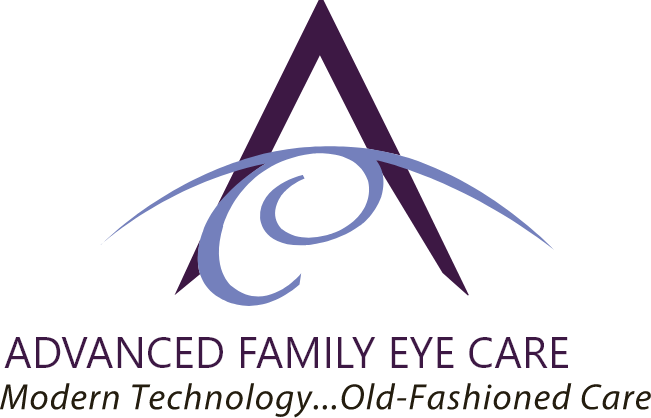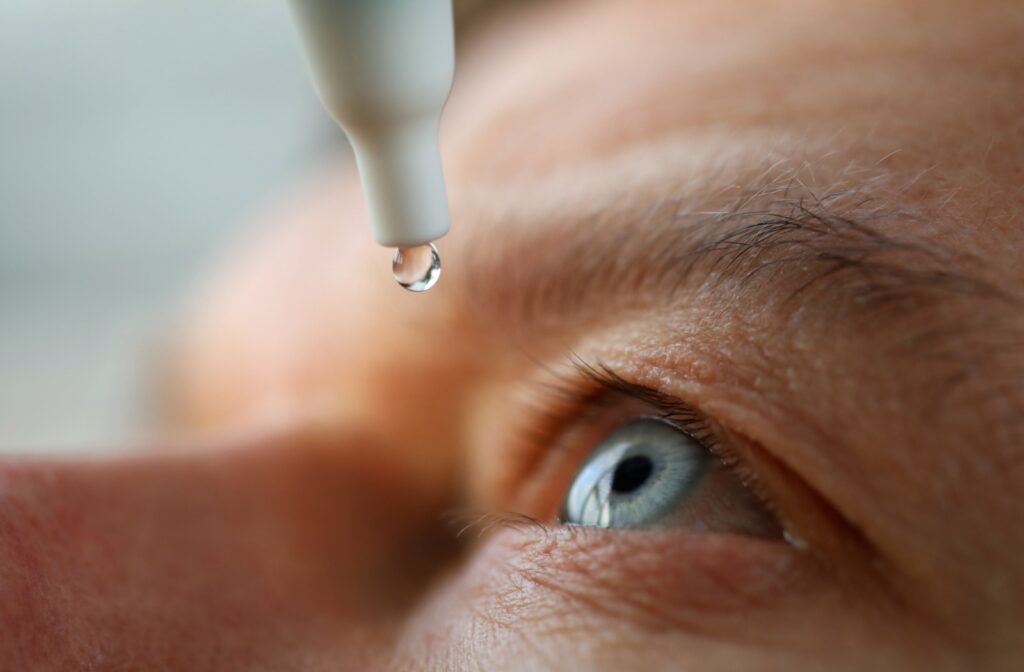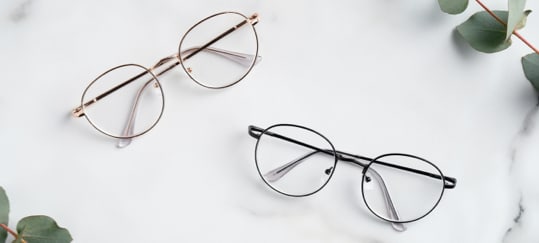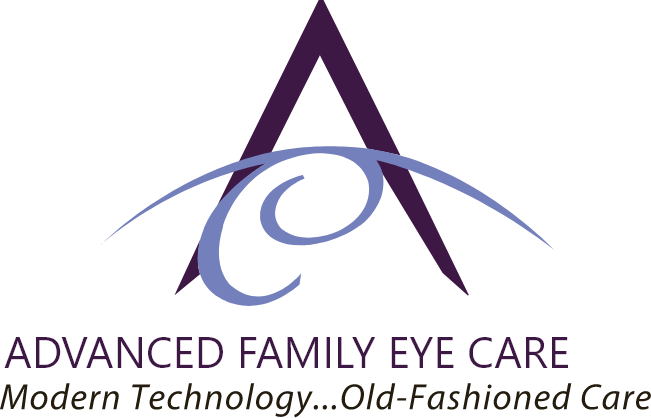Dry eye syndrome is a common condition that can cause discomfort and affect your quality of life. Eye drops, also known as artificial tears, are a widely used treatment to alleviate the symptoms of dry eyes. However, it’s important to use them correctly to avoid potential complications.
Recommended Usage:
- Preservative-containing artificial tears: Use up to 4 times per day.
- Preservative-free artificial tears: Can be used more frequently, as needed.
- Prescription eye drops: Use as directed by your eye care professional.
For more information on dry eye treatment options, visit our Dry Eye Treatment page. To learn about our comprehensive eye care services, check out our services page.
Understanding Dry Eye Syndrome
Dry eye syndrome occurs when your eyes don’t produce enough tears or when the tears evaporate too quickly. This can lead to inflammation and damage to the eye’s surface. Common symptoms include:
- A stinging or burning sensation
- Redness
- A feeling of having something in your eyes
- Blurred vision
- Eye fatigue
Factors contributing to dry eye syndrome include aging, hormonal changes, environmental conditions, prolonged screen time, and certain medications.
Types of Eye Drops
There are various types of eye drops available, each designed to address specific aspects of dry eye syndrome:
- Artificial tears: These over-the-counter drops provide temporary relief by lubricating the eyes.
- Preservative-free artificial tears: Ideal for individuals who need to use drops frequently, as they reduce the risk of irritation associated with preservatives.
- Prescription eye drops: Medications like cyclosporine (Restasis) or lifitegrast (Xiidra) can help increase tear production and reduce inflammation.
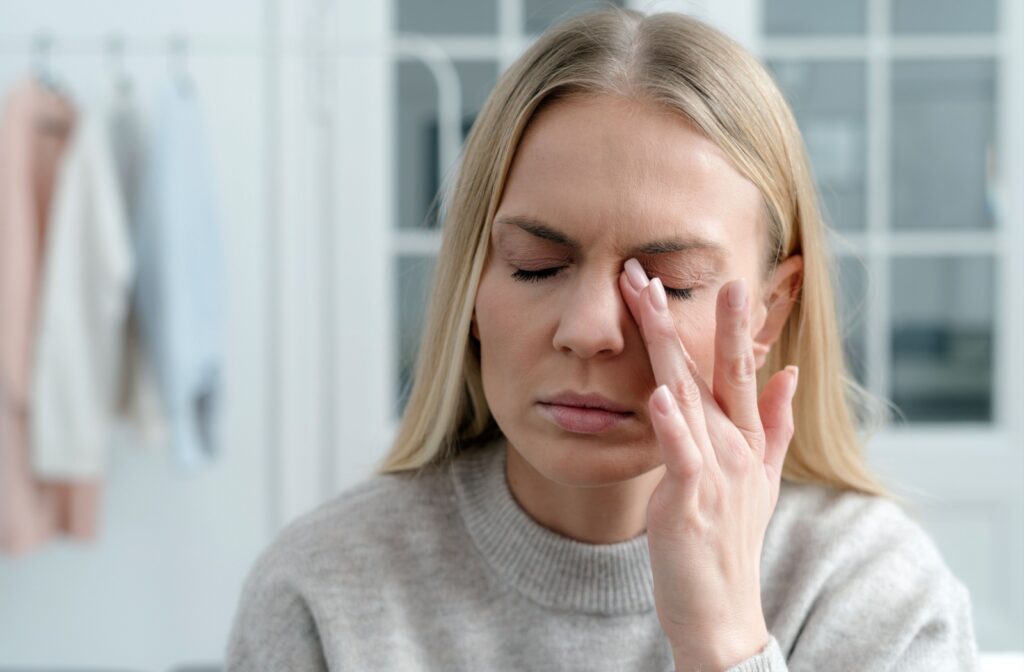
Proper Use of Eye Drops
To maximize the benefits of eye drops and minimize potential side effects:
- Follow the recommended dosage: Avoid using preservative-containing drops more than 4 times a day unless advised by your eye care professional.
- Use preservative-free drops if needed: If you require frequent application, opt for preservative-free options to reduce the risk of irritation.
- Consult your eye care provider: Before starting any prescription eye drops, discuss with your optometrist to confirm they are appropriate for your condition.
Risks of Overusing Eye Drops
While eye drops are beneficial, overuse can lead to complications:
- Rebound redness: Excessive use of vasoconstrictor drops can cause increased redness once the effect wears off.
- Allergic reactions: Some individuals may develop allergies to preservatives in eye drops.
- Increased dryness: Overuse can disrupt the natural tear production, potentially worsening dry eye symptoms.
Alternative Treatments for Dry Eyes
In addition to eye drops, other treatments can help manage dry eye syndrome:
- Warm compresses: Applying a warm cloth to the eyes can help unclog oil glands and improve tear quality.
- Lid hygiene: Regular cleaning of the eyelids can reduce inflammation and bacterial load.
- Omega-3 supplements: These can help improve the quality of tears produced.
- Punctal plugs: Small devices inserted into tear ducts to reduce tear drainage, keeping the eyes moist.
Lifestyle Tips to Help Prevent Dry Eyes
While eye drops can provide relief, supporting your eye health with everyday habits can reduce the frequency and severity of dry eye symptoms. Consider integrating the following changes into your routine to help prevent dry eyes from recurring or worsening:
- Take regular screen breaks: Follow the 20-20-20 rule—every 20 minutes, look at something 20 feet away for at least 20 seconds. This helps reduce eye strain and encourages more frequent blinking, which helps spread tears across the eye’s surface.
- Stay hydrated: Drinking plenty of water supports tear production and overall eye function. Aim for at least 8 cups of water daily, and more if you’re in dry environments or active throughout the day.
- Use a humidifier: Dry indoor air—especially during winter—can accelerate tear evaporation. Running a humidifier in your home or office helps maintain moisture in the air and can ease dry eye symptoms.
- Wear sunglasses outdoors: Wind, sun, and pollution can all contribute to dry eyes. Wearing wraparound sunglasses helps shield your eyes from environmental irritants and reduce tear evaporation.
- Avoid smoke exposure: Cigarette smoke, campfires, and other sources of smoke can irritate your eyes and increase dryness. If you smoke, consider quitting—not just for your eyes, but for your overall health.
- Adjust your environment: Point fans or car vents away from your face and avoid sitting directly in front of heaters or air conditioners for prolonged periods.
These small adjustments can make a big difference when combined with proper eye drop use and any treatment plan recommended by your optometrist.
When to See an Eye Care Professional
If you experience persistent dry eye symptoms despite using over-the-counter treatments, it’s essential to consult with an eye care professional. They can assess your condition and recommend appropriate treatments tailored to your needs.
Take Control of Dry Eye Relief Today
Understanding how often to use eye drops is only one piece of the puzzle—what truly matters is taking a personalized and proactive approach to your eye health. By combining proper eye drop use with effective treatments and simple lifestyle adjustments, you can experience real, long-lasting relief from dry eyes. We’re here to support you every step of the way, with Advanced Family Eye Care. Whether your symptoms are mild or persistent, we’ll help you find solutions tailored to your needs. Don’t let dry eyes interfere with your comfort or quality of life—schedule an appointment today to start your journey toward clearer, more comfortable vision.
